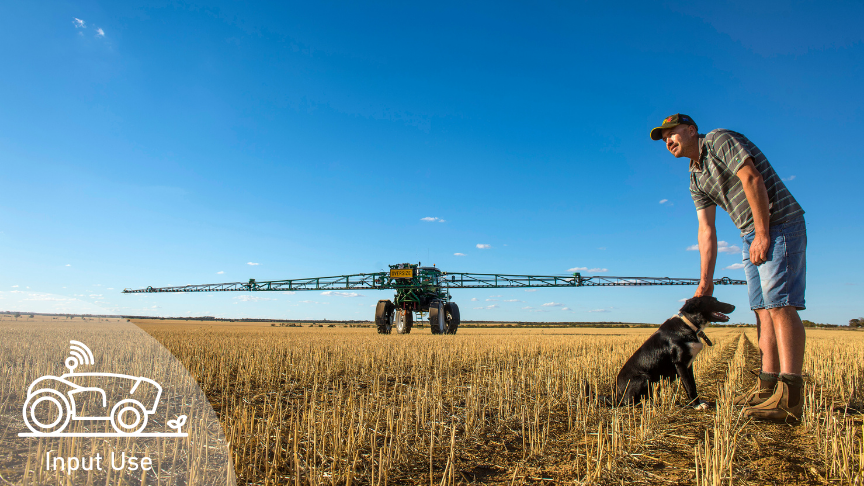
Weeds, pests and diseases continue to be a major problem for Australian grain growers, impacting yields, driving rotations and preventing access to some markets. Growers spend billions of dollars every year on weed, pest and disease control; with long-term crop protection costs increasing as a percentage of revenue. Over the past six decades, crop protection has advanced rapidly through the adoption and safe use of synthetic chemistry. Australia has led the way in advancing global understanding of the ecology, biology and resistance mechanisms of key weeds, diseases and pests. At the same time novel integrated weed, disease and pest management tools, have been developed to complement the use of herbicides, insecticides and fungicides. But increased regulatory costs, resistance, changing social and market acceptance and challenges in discovery are driving an increased need for new non-chemical approaches to weed, pest and disease control tools. What more can be done to complement the safe, effective and affordable use of chemistry with new and novel engineering, biological and cultural control options? How can research and development hail a new era for crop protection in Australia?
This content is created by the open source Your Priorities citizen engagement platform designed by the non profit Citizens Foundation